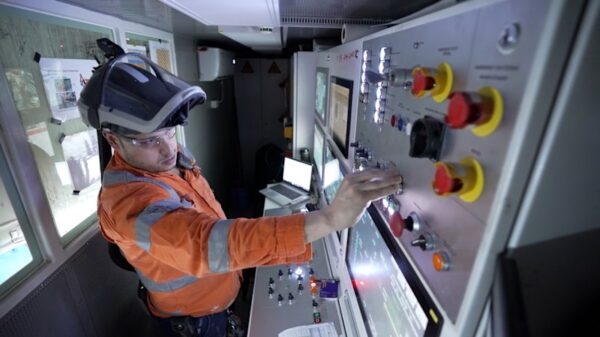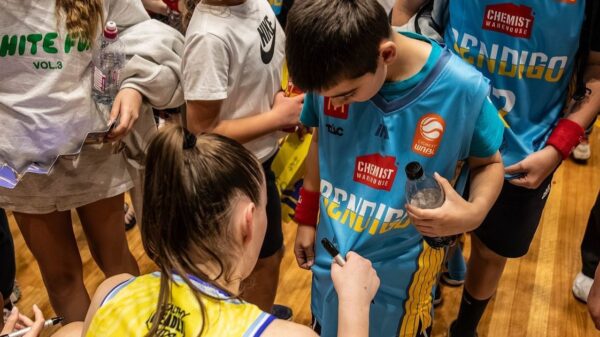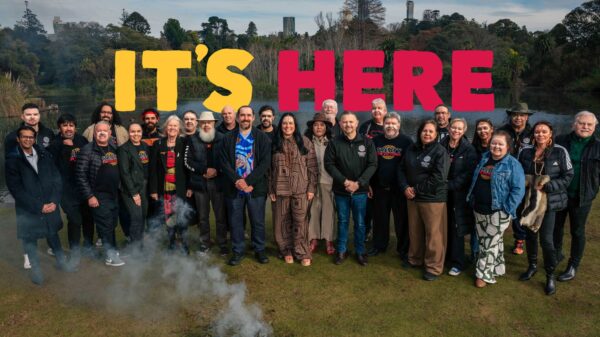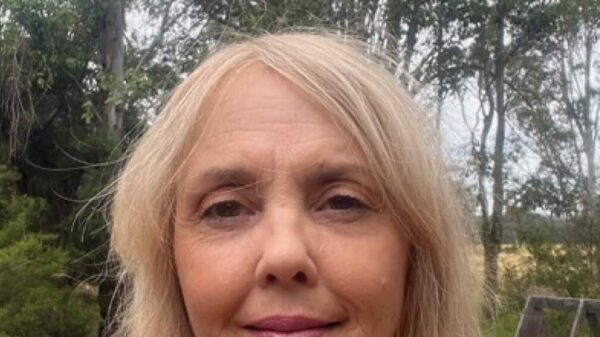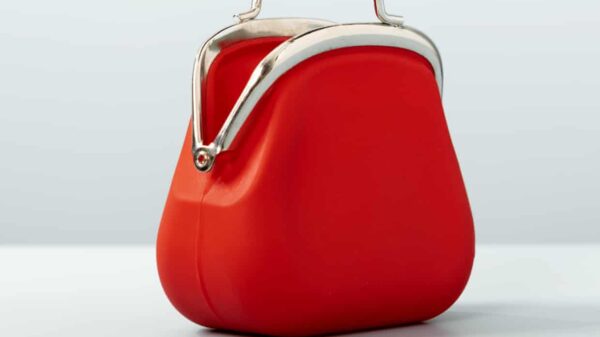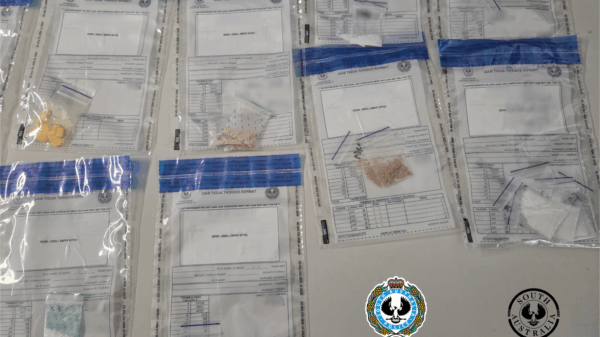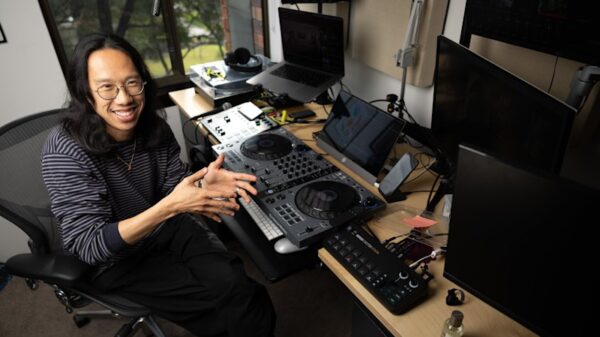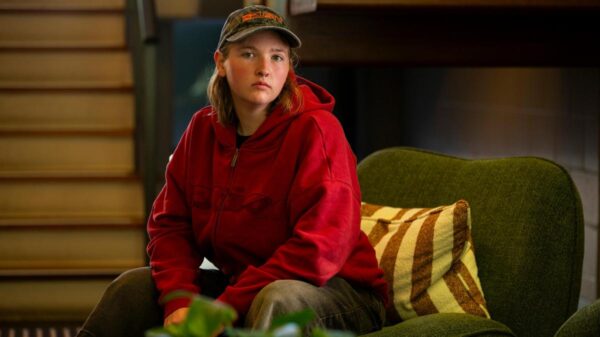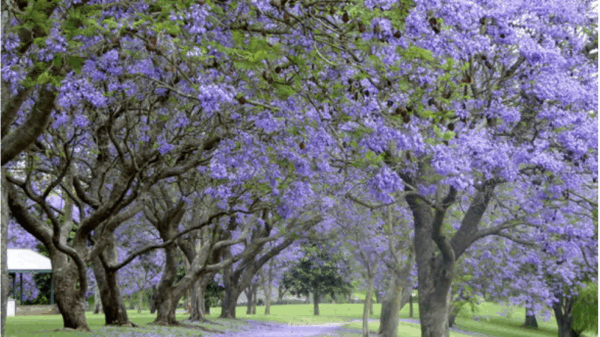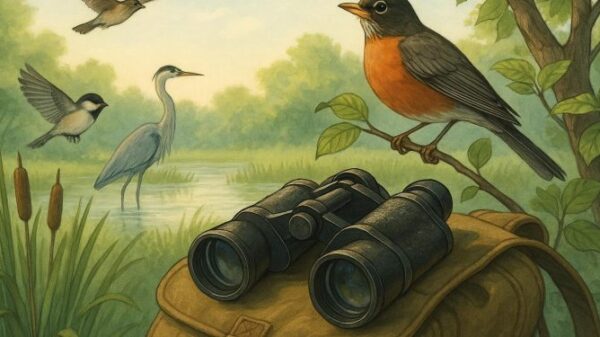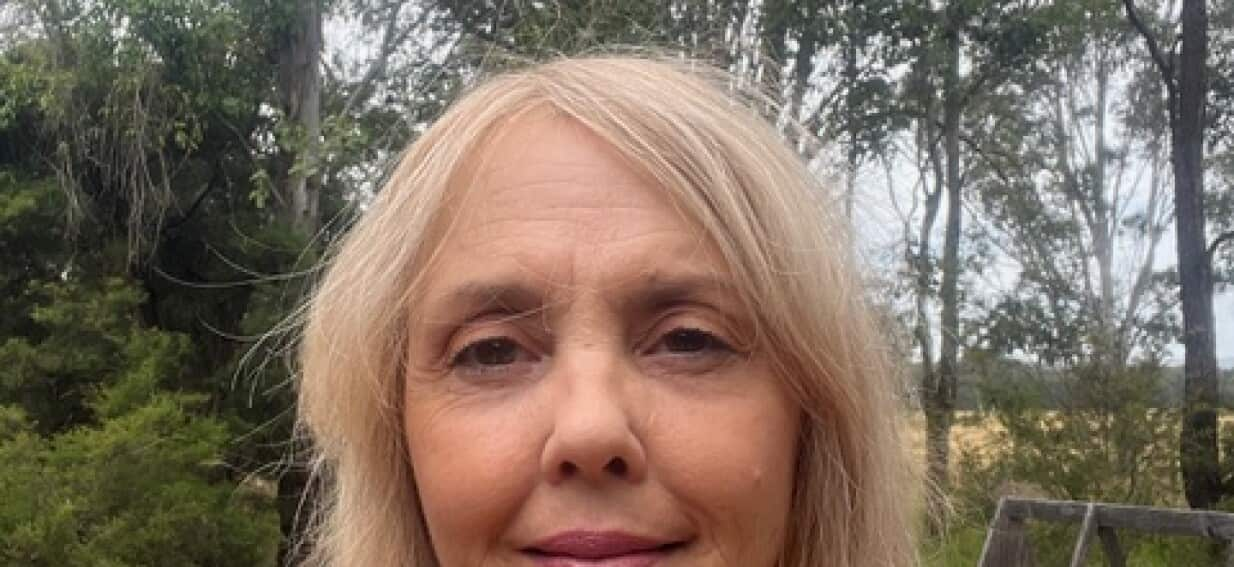A woman in her early fifties is on a profound journey to uncover her origins after being abandoned at birth. She was discovered on the steps of a health clinic in **Deniliquin, New South Wales**, on the morning of **March 5, 1973**. Despite a life filled with challenges, she is determined to understand why her mother left her just hours after giving birth.
After being born two months premature, the woman was found covered in leaves and wrapped in a blue paper towel, an indication of her harsh beginning. A nurse at the clinic discovered her, mistaking her cries for mail before realizing the desperate situation. The police were called, but despite their efforts, her mother was never located.
Once healthy, she became a ward of the state and was sent to an orphanage in Sydney. Shortly thereafter, she was placed with a military family in emergency foster care. Her childhood was marked by feelings of isolation and rejection. “You’re not one of us; you’re a foster kid,” her adopted brother would often remind her. The relationship with her foster parents was strained, with her mother frequently expressing frustration over her behavior.
At the age of ten, after facing a series of difficulties, she found herself in a children’s home, a stark environment that intensified her feelings of being unwanted. As she navigated her teenage years, her curiosity about her biological parents grew. Upon turning eighteen, she attempted to gain legal adoption from her foster mother, who reluctantly agreed, but the bond remained weak.
Driven by a desire to understand her identity, she reached out to the **Post Adoption Resource Centre (PARC)** for assistance. However, her ward file yielded no substantial leads about her family. Turning to DNA testing, she found connections to 28 distant relatives, ultimately leading her to a second cousin and, eventually, to her half-sisters.
Meeting her half-sisters was a pivotal moment in her life. Describing it as “the happiest day,” she noted their physical similarities and shared laughter, yet they lacked the shared history typical among siblings. Through her search, she learned that her father had passed away five months before they met. The revelations about her family history have been both enlightening and painful.
Unraveling her father’s past exposed further complexities. He had allegedly informed her half-siblings that she was born and buried in the backyard, a story that left the woman grappling with the implications of her existence. The possibility that her mother might have buried her and then returned her to the clinic adds another layer of mystery to her origin story.
A television program offered to assist in her quest, which led to the identification of a woman who shares the name of her father’s tattoo. Although this woman denied having a child, the woman searching for her mother believes she may be the very person who abandoned her.
“I imagine she finds it hard to admit to herself that she once abandoned a baby,” she reflects. The emotional weight of this truth is significant, as the woman recognizes the shame that has likely followed her mother through the years.
With no police investigation ongoing, she contemplates her next steps. “I could ask them to reopen the case,” she says, acknowledging that abandoning a baby is a crime. Yet, she also understands the potential emotional turmoil a direct approach might cause her mother.
“I’m not looking for money or inheritance,” she emphasizes. Instead, her desire lies in understanding her mother’s choices and the feelings that accompanied them. The hope is that revealing their shared history could provide closure for both.
“I want her to know that I survived,” she adds, acknowledging the complexity of their potential reunion. The search for her mother is not just about uncovering facts; it is also deeply personal. “Perhaps, deep down, I’m still searching for my mother’s love.”
For those who may be struggling with similar issues, support is available through organizations like **Beyond Blue**. They provide resources for mental health assistance, particularly for individuals from diverse backgrounds.
As she continues her search, the woman remains hopeful. She longs for the day when she can finally learn the truth about her origins, believing it will set them both free. “Until then, I’ll keep searching,” she concludes, her determination unwavering.

